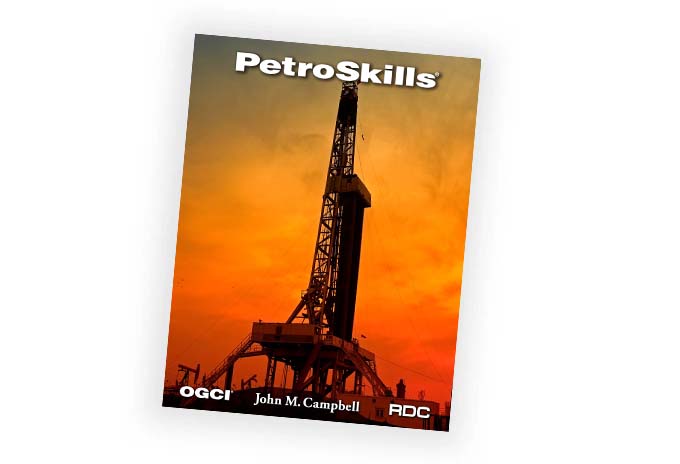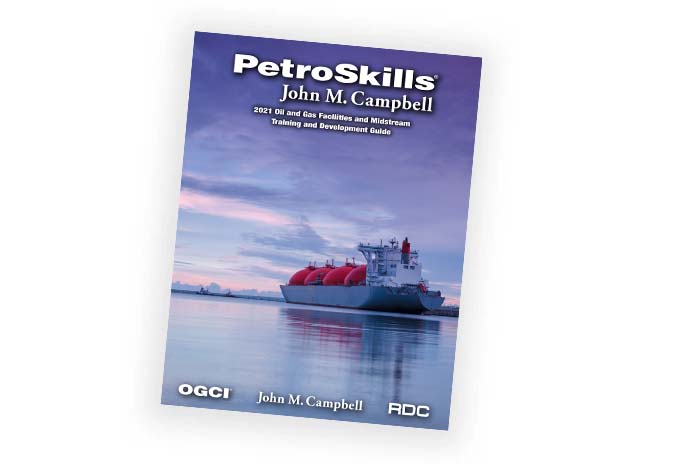Integrated Carbonate Reservoir Characterization - ICR
About the Course
Carbonate reservoirs are characterized by significant heterogeneity at numerous scales, ranging from exploration to production and enhanced production scale. Understanding of how primary depositional facies, diagenesis, and the sequence stratigraphic framework control the development of pores in carbonate rocks, and how the variation in pore architecture influences reservoir porosity and permeability characteristics is a fundamental step in the accurate reservoir characterization of carbonate units.
With the ubiquitous use of geostatistical models to define 3D reservoir architecture, it has become increasingly important to accurately define the probable geometric distribution of potential reservoir facies, fluid barriers, and baffles at multiple scales to help build more accurate geologic models that can then be used to manage and improve reservoir development. To effectively do this, the challenge is to integrate data on the primary depositional environment (facies, probable geometry, and susceptibility to diagenetic modification), the sequence stratigraphic framework, and the petrophysical characteristics of carbonates at multiple scales.
This course will review the controls on carbonate reservoir heterogeneity from the pore architecture scale to the geometrical attributes at reservoir-scale and how these parameters can be incorporated and integrated into the development of viable petrophysically-based reservoir models for carbonates. In-class exercises are used to reinforce the potential integration of various data sets to provide students with experience in carbonate reservoir characterization.
"The instructor did an amazing job breaking down the information, when needed. GREAT CLASS! THANK YOU!" - Geologist, United States
"For my personal background, geophysic tools (amplified, structural applications). Liked all the real life examples and visual material" - Geophysicist, Venezuela
Target Audience
Exploration and development geoscientists, petrophysicists, reservoir engineers, geostatistical modelers and research/development staff who want to gain fundamental insight into carbonate reservoir characterization through an integrated geological and petrophysical approach.You Will Learn
Participants will learn how to:
- Build on previous experience with carbonate systems to integrate various aspects of carbonate rocks (depositional environment, primary facies and mineralogy, high resolution sequence stratigraphy, and various petrophysical characteristics) for improved carbonate reservoir architecture and flow unit characterization
- Apply knowledge of petrophysical, sedimentological petrologic tools to characterize and evaluate carbonate reservoirs
- Recognize and better understand well log responses in carbonate systems and to learn to utilize data from formation evaluation tools to determine reservoir quality (porosity, permeability, and lithology)
- Identify potential stratigraphic variations in carbonate pore architecture and its effect on permeability
- Better understand the relationship of primary depositional facies, sequence stratigraphic framework, and diagenetic history to pore architecture and reservoir quality
- Better understand fracturing in carbonates, relating fracture density, aperture, length to facies, lithology, and diagenesis
- Distinguish controls on carbonate reservoir heterogeneity, from sub-reservoir to reservoir scale
- Better understand carbonate reservoir heterogeneity and the value of 3D geostatistical model building to better manage the development of carbonate reservoirs
Course Content
- Importance of understanding the various scales of heterogeneity in carbonate reservoirs
- Carbonate deposition, diagenesis, mineralogy, rock textures, and pore types
- Carbonate rock and carbonate pore system classification
- Carbonate rock properties and core analysis
- Well log response, limitations, and strengths in carbonates
- Determination of lithology, porosity, and permeability
- Fracture identification and distribution
- Porosity/depth relationships in limestone and dolomite reservoirs
- Importance of sequence boundaries to development of pore architecture
- Variations in carbonate pore architecture and its effect on permeability
- Relationship of primary depositional facies, sequence stratigraphic framework and diagenetic history to pore architecture and reservoir quality
- Controls on reservoir heterogeneity, from sub-reservoir to reservoir scale
- Value of analogs for development of petrophysically-based reservoir models
- Value and limitations of 3D geostatistical models to understand reservoir heterogeneity and architecture
Product Details
Categories:
UpstreamDisciplines:
GeologyLevels:
IntermediateProduct Type:
CourseFormats Available:
In-ClassroomInstructors:
PetroSkills SpecialistAdditional
Request a Public Session
If you are interested in a public session of this course, please click the button below to request it.
Request Public SessionIn-House Training
This course is also available upon request as a private, on-site seminar. Contact us for details and pricing.
Request In-House TrainingNeed Help
Contact us if you have additional questions about how to register for or attend this course.
Contact Us



